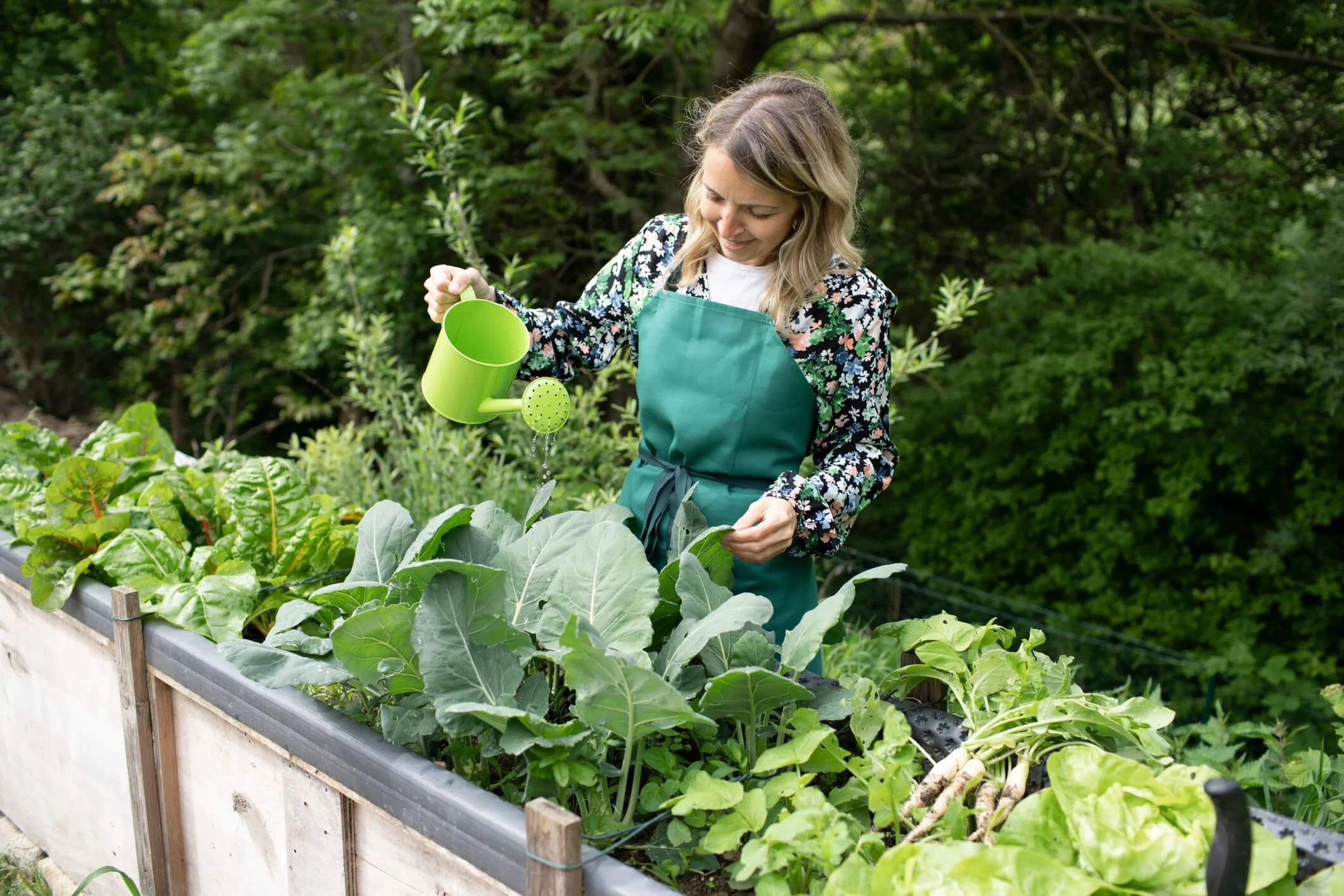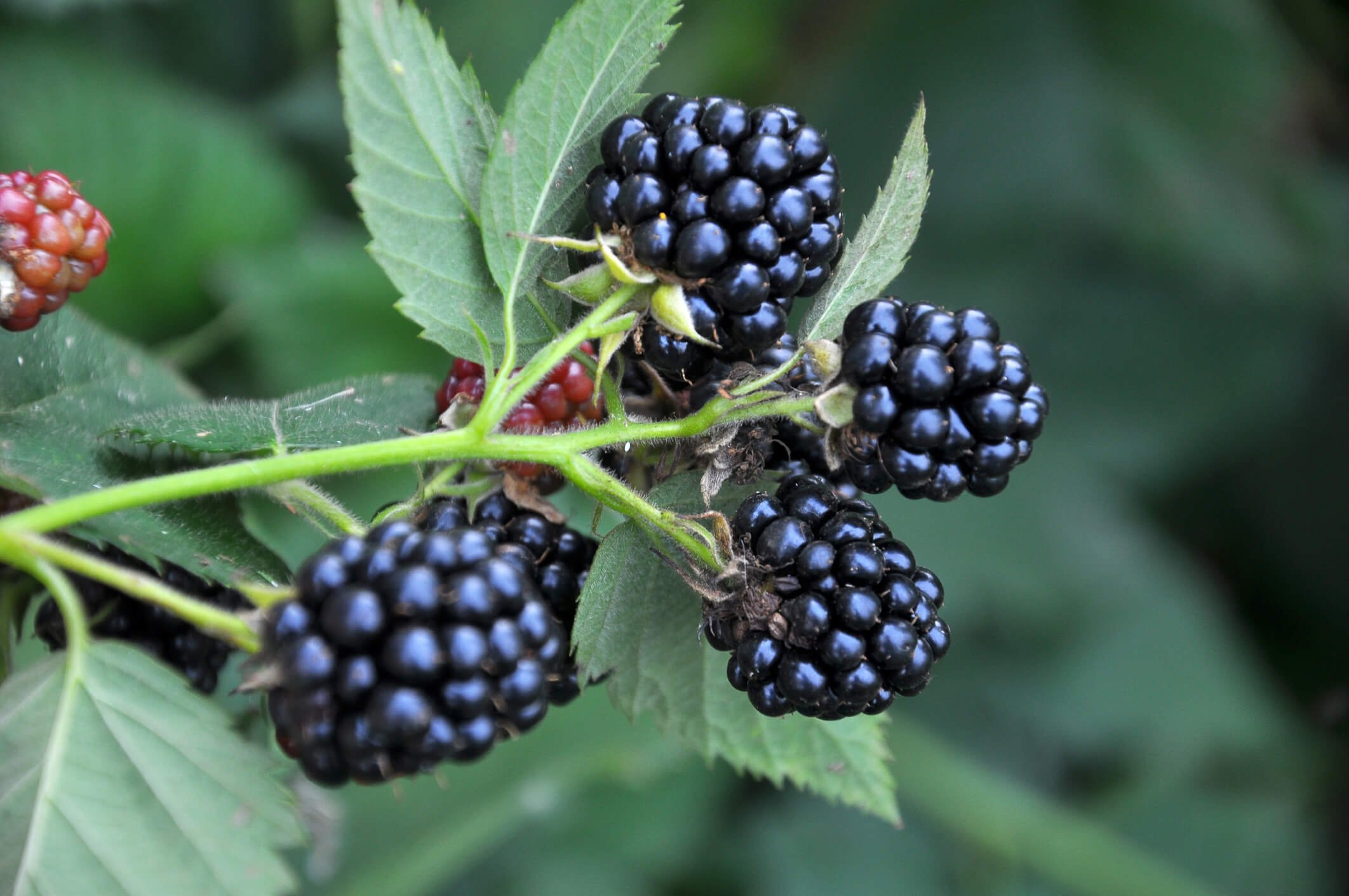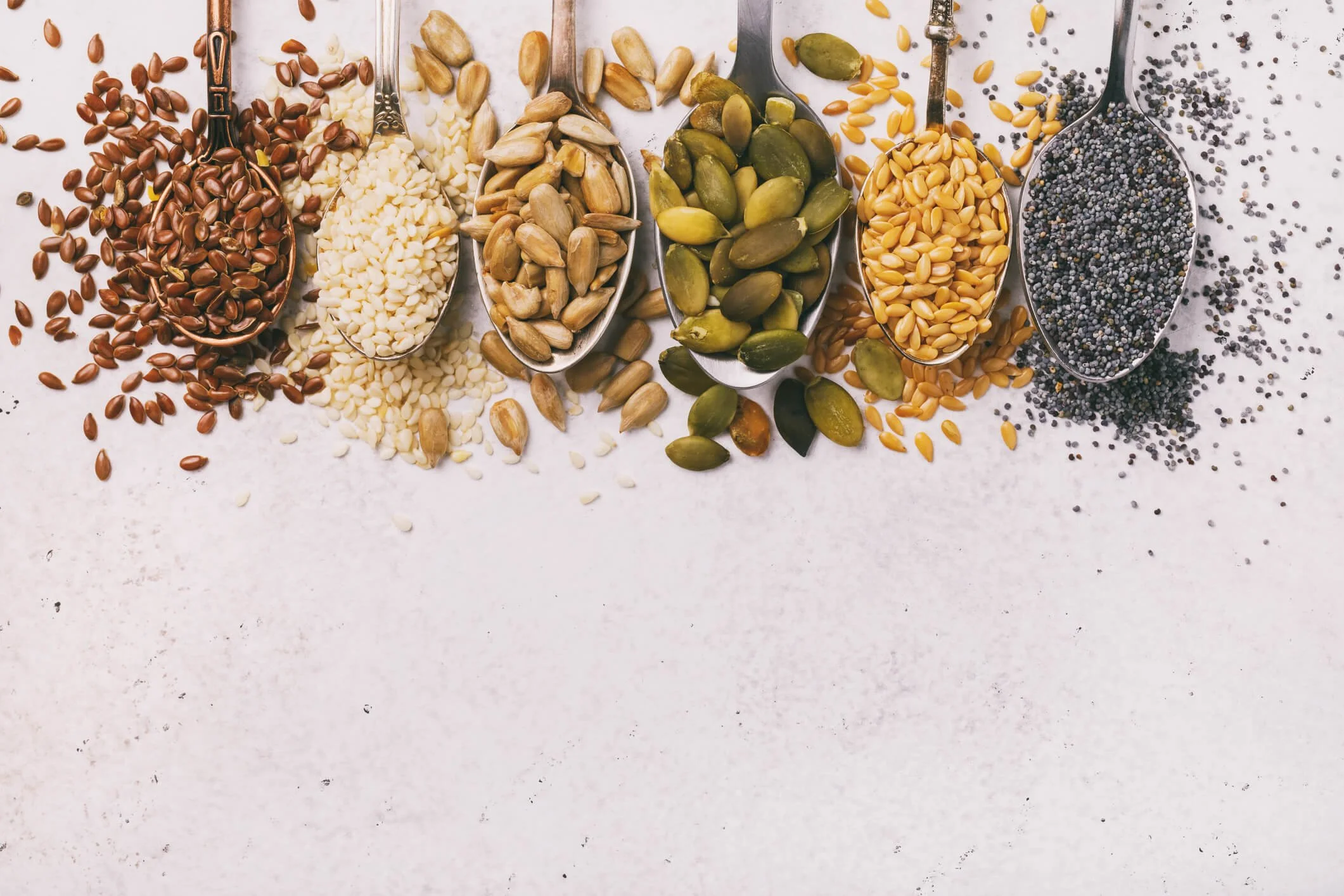Best Crops for Survival Gardens
Discover > Grow Your Own Food > Best Crops for Survival Gardens
What is a Survival Garden?
“Survival garden”, a term that once was familiar only in the world of doomsday preppers and preparedness gurus, has been brought to the surface due to the recent pandemic that shook the world. Grocery shelves ran bare and people were hoarding food and supplies for fear of running out. Never before has the need to be self-reliant to be able to provide your own food seemed more like a basic skill that everyone needs to learn to feel secure and have peace of mind.
Self-Sufficient Gardening Tips
Embark on a journey toward self-sufficiency with gardening tips that empower you to cultivate your own food, promoting a more sustainable and independent lifestyle.
Survival garden has the same concept as “Victory Gardens” or “War Gardens” during the time of World War I and World War II. American people grew gardens in parks and in their own residences to help sustain the food supply during the time of national emergency. A survival garden is similar in theory. It is designed to grow an adequate supply of plants that provide enough sustenance a family needs to survive in times of disaster, crisis or natural calamity. A survival garden takes into account all the nutrients a person needs to stay healthy. Calories, carbs, protein, fats, vitamins, and more. Man’s diet is diverse and can therefore be met with a variety of vegetables, herbs, and fruits.
A survival garden must be carefully designed and equipped. Planning and preparing for it before it becomes necessary is essential for its success. The garden's objective is to meet all of your family's nutritional needs. Though it is assumed that there will also be other food sources such as canned goods, aged cheeses (What wine goes well with aged cheeses?), dried or smoked meats (What wine goes well with smoked meats?) or even poultry and live animals.
When it comes to choosing which plants to cultivate, it's also crucial to think about how long they'll live. This will assist gardeners and farmers in properly planning and managing their gardens. Plants are classified into groups based on the number of growth seasons in their life cycle. Annual, biennial, and perennial are the three types of plants.
Annuals
Annuals refers to the plants which complete their life cycle within a single growing season. They germinate, grow, flower, set seed and die within one year. Annual seeds (how long do seeds last?) can be harvested and replanted year after year.
Biennials
Biennials refer to plants which complete their life cycle within two years. Leaves, roots and stems are grown during the first year. They go dormant during fall or winter which is induced by the cold temperature. Then they flower, produce seeds and die in the second year.
Perennials
Perennials are the plants that live for more than two years and persevere for multiple growing seasons. Generally the top of the plant dies during winter but not the roots. This will allow the plant to regenerate the following year. The best plants for a survival garden are the perennials and reseeding annuals.
When planning and growing a survival garden, consider the caloric and nutrient value of your food. You can’t survive on leafy green herbs and salads alone. Human adults need approximately 1600-2500 calories and children need around 1000-2000 calories per day to be able to perform normal daily activities. Humans need a diversified balanced diet of protein, carbs and fats in order to maintain good health. It would be best if you are possibly able to grow plants from every food group. There is no specific crop that is not allowed in your survival garden, however, some are better than others and should be taken into consideration in terms of:
Easy to grow
Grows well in a wide range of climates
Nutritionally and calorie dense
Easy to store or preserve with a long shelf life
Quick and easy to harvest
Seed saving (open-pollinated or heirloom varieties)
Best Crops For Survival Gardens
Here below are the suggestions of gardeners regarding the best foods to grow for your survival garden:
Vegetables
Vegetables are an absolute requirement. Select veggies that your family enjoys. It's pointless to cultivate them if you're not going to eat them. Choosing open-pollinated seeds has the added benefit of allowing for continual harvesting.
Delve into the world of edible garden plants with this comprehensive guide, offering insights into cultivating a diverse range of plants that you can enjoy directly from your garden to your plate.
Choose vegetables like a amaranth (how long does amaranth last?), artichoke, asparagus, beetroots, broccoli, Brussel sprouts, cabbage, carrots, cauliflower, cucumbers, eggplant, field corn, garlic, kale, leeks, lettuce, microgreens, moringa, okra, onions, parsley, parsnips, peppers, potatoes, pumpkin, radish, spinach, sweet potatoes, tomatoes, turnips, winter squash, and zucchini.
Fruits
Fruits are good to boost our immune system to fight against several diseases. They are often packed with antioxidants, vitamins and minerals.
Planting Guide for Your Garden
Consult a planting guide to kickstart your gardening journey, offering step-by-step instructions and tips to ensure successful planting and cultivation in your garden.
Berry bushes, blackberries, fruit trees, grapes, melons (honeydew, cantaloupe (how long does cantaloupe last?), watermelon), raspberries, strawberries, and wolfberries are perfect choices.
Herbs
Herbs can be multi-purpose. They can be used as culinary or medicinal remedies. They are valued for their nutrient-rich, aromatic attributes and medicinal properties. These qualities make them a must for every survival garden. On top of that they are easy to grow and flexible enough to be grown indoors in pots and containers as well.
Discover Edible Plants for Your Garden
Uncover a variety of edible plants suitable for your garden, providing a wealth of options for those looking to enhance their green spaces with both beauty and functionality.
Such herbs like: basil, calendula, catnip, chamomile, chives (how long do chives last?), cilantro, fennel (how long does fennel last?), feverfew, ginger, ginkgo, holy basil, lavender, lemon balm, lemongrass, oregano, parsley, peppermint, rosemary, sage, thyme, and turmeric
Legumes
Legumes are a great source of much needed protein. They are also high in calories and carbohydrates. They contain various vitamins, minerals and antioxidants. Nuts (how long do nuts last?) also contain healthy fats that energize our body.
Landscaping Plants: Tips and Ideas
Get inspired by landscaping plants with tips and ideas for creating a visually stunning and functional outdoor space, incorporating a variety of plants that contribute to the beauty of your landscape.
Legumes include green beans, lentils (how long do lentils last?), nuts, peas, soybeans, and tree nuts.
Grains and Seeds
Grains contain carbohydrates, vitamins, and various nutrients. They are known to provide energy to our brains and muscles. They are one of the most common foods that are being consumed all around the world for centuries. Seeds on the other hand contain important vitamins and minerals and are a great source of fiber and fats. They are versatile and can easily be incorporated into various dishes and recipes and can make a great addition to a healthy diet.
Go for grains like amaranth, barley (how long does barley last?), corn, quinoa (how long does quinoa last?), and wheat and seeds such as hemp seeds (how long do hemp seeds last?), flax seeds, pumpkin seeds (how long do pumpkin seeds last?), squash seeds, and sunflower seeds.
Garden Plants: A Comprehensive Guide
Navigate through a comprehensive guide to garden plants, offering valuable information on selecting, planting, and caring for a diverse array of plants to create a vibrant and thriving garden.
Survival Gardens Give You a Sense of Security
It may take time to grow a survival garden. A lot of gardening seasons, learning to save seeds, a lot of practice, and trial and error. Starting small is always the key. As you go along, your skills will grow as well as your garden. Grow your garden until you find the right combination of plants that is enough for your family. The goal of a survival garden is to grow as much food to supplement your family’s need for sustenance in times of scarcity and emergencies. The feeling of security a survival garden brings is valuable and rewarding. Whether you are growing it out of need, unemployment, food insecurity, disasters, preparedness or simply to become self-reliant.
The current crisis reminded us that our food supply is not unlimited. It is a possibility that grocery shelves will run out and stores and businesses can close and shut down. It is reassuring to know that during these difficult times, you have the means to feed your family. Your survival garden gives you peace of mind and a sense of security. It is your lifeline to help see you through difficult times.
*This is the forty-sixth in an ongoing series that teaches homesteading in Texas. This is not a sponsored post although it may contain affiliate links to recommended products and/or services









